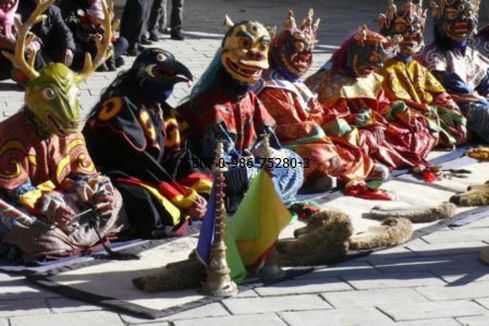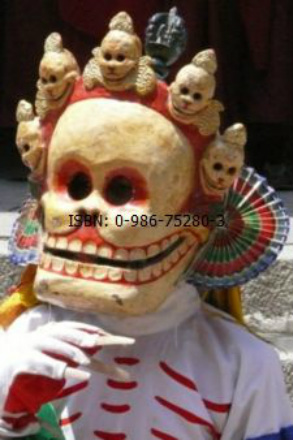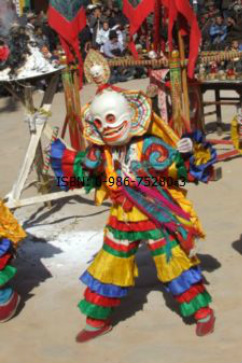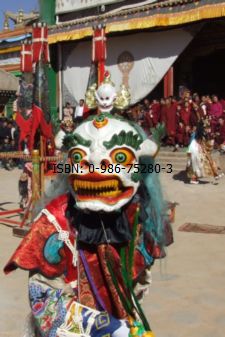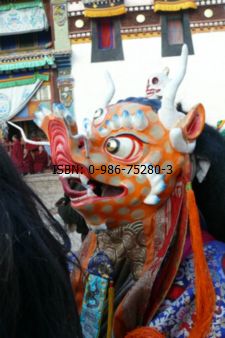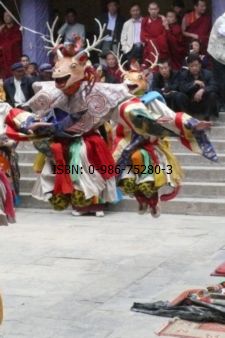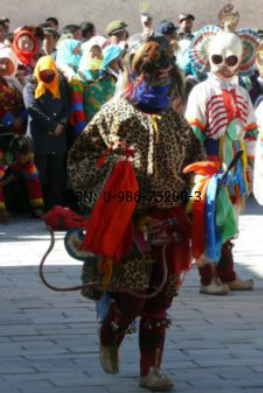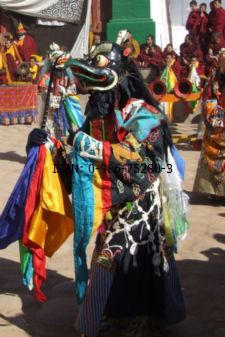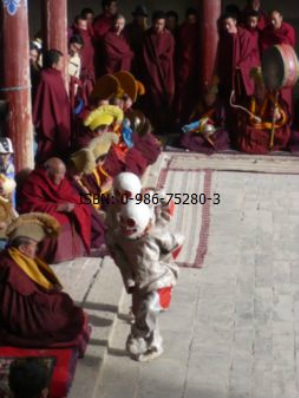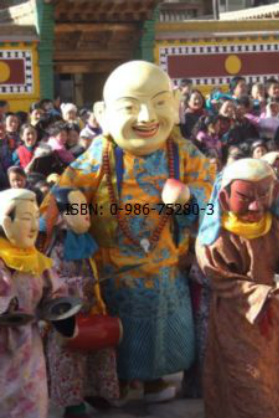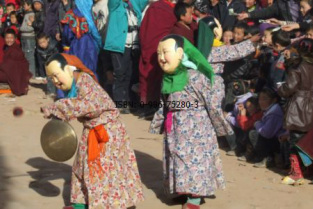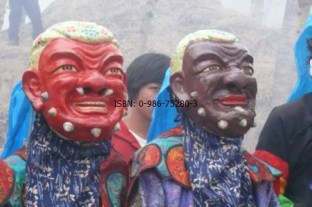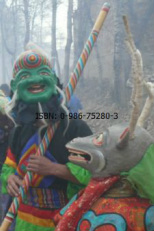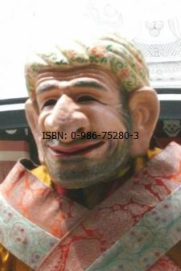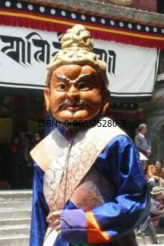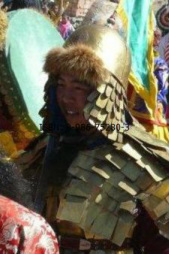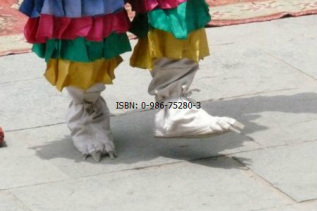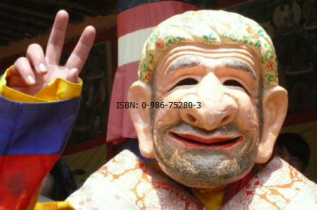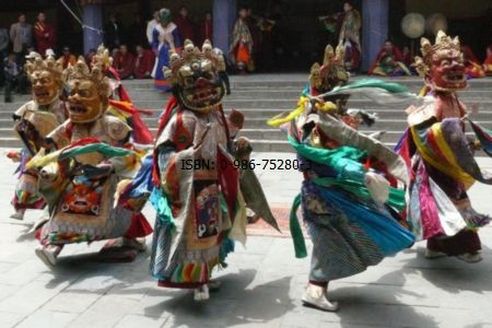Citipati, Atsaras and significant others - the Supporting Cast to the Cham dance
There are many dancers who perform a supporting role to the main characters of a Cham dance. They sometimes provide comic relief for the audience; other times they collect money for the monastery. In many cases they are representations of specific local gods and are not seen beyond the courtyard of the monastery where they are performing. In the case of two of them, they are constant companions of a Dharmapala.
Some of the common supporting dancers will first be introduced, followed by the Atsaras and others. All will be shown below in tabular format, more or less as they tend to appear. When proper names cannot be given, then generic forms are used.
|
|
|
|
|
|
|
|
|
|

